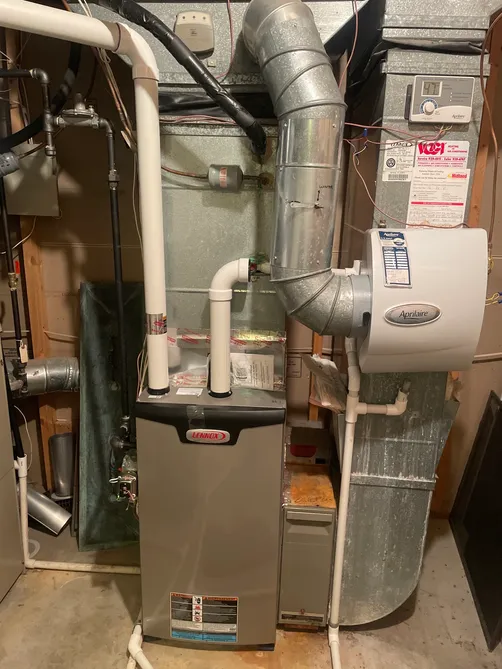HVAC Portland: Top-rated heating, ventilation, and air conditioning services
HVAC Portland: Top-rated heating, ventilation, and air conditioning services
Blog Article
The Ultimate Overview to Furnace Installation for a Cozy Home
Furnace setup is a vital facet of maintaining a comfy home setting, specifically during the cooler months. As you take into consideration these factors, the question remains: what actions can you take to guarantee your furnace serves you well for years to come?
Sorts Of Furnaces

Gas heaters are one of the most typical option because of their performance and reduced functional prices. They use gas or lp, supplying fast home heating and consistent performance, making them optimal for colder environments.
Electric heaters, while generally less complicated to install and keep, have a tendency to have higher functional costs. They are typically preferred in areas where gas solution is not available or for homes with existing electric facilities.
Oil furnaces, though much less typical today, stay a viable choice in certain regions. They melt heating oil, which can be beneficial during chillier months, but their dependence on oil delivery poses potential challenges.
In addition, there are high-efficiency designs available across these types, which can substantially lower power usage and utility bills - furnace installation. Inevitably, understanding these heater types will certainly help homeowners choose a system that straightens with their home heating needs, budget, and power choices
Selecting the Right Size
Picking the suitable size for a heating system is essential to making certain optimum performance and power effectiveness. A small heater will certainly battle to preserve comfy temperatures during the cold months, resulting in raised wear and tear, greater energy expenses, and possible system failing. On the other hand, an extra-large heating system might cycle on and off also often, resulting in inefficient heating and irregular temperature distribution within the home.
To determine the proper heater size, a calculation called the Guidebook J load calculation ought to be done. This procedure reviews various aspects, consisting of the square video of the home, insulation degrees, home window sizes, and regional climate problems. This thorough analysis makes certain that the heater satisfies the certain heating needs of the area.

Installment Process Overview
In terms of products, you will require ductwork, insulation, and securing tape to make certain optimal airflow and energy effectiveness - furnace installation. It is additionally crucial to have a brand-new heating system filter handy, in addition to venting materials, such as PVC pipeline or steel flue, depending on the kind of furnace being set up
Safety equipment, including handwear covers, goggles, and a face mask, is additionally important to safeguard against dirt and particles throughout installation. Having all these devices and materials conveniently offered not just streamlines the procedure yet likewise boosts the security and effectiveness of the heater installment.
Maintenance Tips for Long Life
To make sure the longevity of your furnace, it is necessary to carry out a regular maintenance routine that attends to vital components of the system. Start by replacing or cleaning up the air filter every one to 3 months, as a stopped up filter can limit air flow and decrease efficiency. In addition, evaluate and clean the blower setting up to stop dust build-up that can impede performance.
Next, check the thermostat settings and recalibrate if needed to make sure go to this site precise temperature level regulation. Inspect the ductwork for leakages or obstructions, as this can cause power loss and irregular heating. Frequently oil the motor and bearings according to the manufacturer's suggestions to minimize damage.
Professional inspections should happen yearly, where a qualified specialist can evaluate the furnace's total problem, check for gas leaks, and make sure that security functions are functioning appropriately. Finally, take into consideration mounting a programmable thermostat to maximize energy usage and keep regular home temperature levels. By embracing these maintenance practices, you can enhance your heater's performance, expand its lifespan, and inevitably delight in a relaxing and comfortable home setting.
Final Thought

Report this page